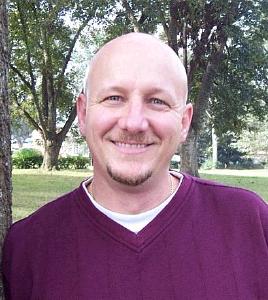
Extracted this excellent piece on Amsterdam's Bike Culture from Seth Stevenson's "Should I Move to Amsterdam?" (click title to link to full article):
One night, strolling in the evening air, I happened by a theater as a play was letting out. A crowd of distinguished Amsterdammers poured onto the sidewalk. The men wore blazers and ties, the women wore dresses and cardigans. Most of these theater-goers were in their 50s and 60s, with wrinkles and bifocals and graying beards.
It looked like a scene you might witness any night in Manhattan, when a throng of well-dressed New Yorkers emerges from a downtown playhouse. But there was a key difference: The New Yorkers would stride toward the curb with one arm in the air, hailing a taxi. The Amsterdammers, by contrast, were unlocking their bicycles from nearby racks, hopping up on the pedals with a little two-step, and riding away.
I can't tell you how absurd it looked—and how utterly gleeful it made me—as these older couples, in prim evening wear, mounted their bikes and rode side-by-side into the night. They whooshed past me, pedaling with ease, and their conversations carried on undisturbed. The women's dresses fluttered about their ankles; the men's cigarette smoke trailed behind them.
"There's something about riding a bike that makes you feel like you're 5 years old," my American friend Carey, who lives and works here in Amsterdam, said to me. Indeed, these proper Dutch couples outside the theater seemed to morph, before my eyes, into bouncy little children. I half-expected the ladies to shriek, "Wheeeeee!" as their bikes picked up speed and rounded a corner out of sight.
The next day, totally inspired, I rented a bike from the shop by my hotel. (Of course, a helmet was unnecessary or at least unfashionable—no one wears them here. Nor do they wear Spandex shorts; or wristbands; or water-dispensing backpacks. They just hop on the bike and go, like normal people. You'll often see a mother with two kids perched on the bike holding groceries in one hand and a cell phone in the other.)
Since Amsterdam worships bicycles, there are separate bike paths on nearly every street. There are even bike-specific traffic lights to prevent you from careening into traffic. I still assumed that I had about a 70 percent chance of causing some sort of horrific accident (tram car, canal, Belgian tourist) but decided not to worry about it.
Within moments, I was zooming around the city, elbow-to-elbow in a pack of Dutch cyclists, feeling—yes, a bit like a 5-year-old. It was fantastic. I hadn't ridden a bike in a while, and I'd forgotten the tiny thrill of coasting along with the wind in my face ... standing on the pedals and leaning over the handlebars ... weaving back and forth down an empty street.
Ignoring the wonders this does for your fitness (everyone's thin here, with shapely calves) as well as for air pollution, perhaps the best thing about biking is the utter silence of it. At night, rolling along the elegant western canals, the only sound I'd hear was my own wheels rumbling on cobblestone streets (or the polite ding of another cyclist's bell; or the watery echoes of a boat passing beneath a bridge).
On weekend evenings, young couples go out on bike dates. She sits sidesaddle on the luggage rack above the rear wheel, her skirted legs crossed daintily. She wraps one arm around his waist, while the other lifts an umbrella over their heads to ward off the drizzle. (Every time I see this, I find it incredibly hot.)
Carey let me ride on the back of her bike for a minute, to see how it felt. It felt really painful. I lack the narrow Dutch ass one needs to sit comfortably on a metal luggage rack.
Source: slate.com


